D-Glucosamine hydrochloride
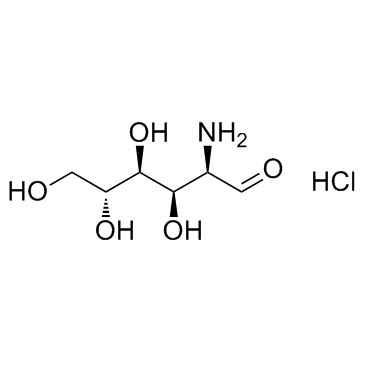
D-Glucosamine hydrochloride structure
|
Common Name | D-Glucosamine hydrochloride | ||
|---|---|---|---|---|
| CAS Number | 66-84-2 | Molecular Weight | 215.632 | |
| Density | N/A | Boiling Point | 449.9ºC at 760 mmHg | |
| Molecular Formula | C6H14ClNO5 | Melting Point | 190-194ºC | |
| MSDS | Chinese USA | Flash Point | 225.9ºC | |
Use of D-Glucosamine hydrochlorideGlucosamine (hydrochloride) is a natural product.IC50 value:Target:In vitro: Glucosamine hydrochloride exhibited dose-dependent DPPH antioxidant activity [1]. Short-term (4 h) glucosamine hydrochloride treatment inhibited HIF-1α at the protein level, decreased phosphorylation of p70S6K and S6, translation-related proteins [2]. In the obstructed kidneys and TGF-β1-treated renal cells, glucosamine hydrochloride significantly decreased renal expression of α-smooth muscle actin, collagen I, and fibronectin [3]. In vivo: |
| Name | D-Glucosamine hydrochloride |
|---|---|
| Synonym | More Synonyms |
| Description | Glucosamine (hydrochloride) is a natural product.IC50 value:Target:In vitro: Glucosamine hydrochloride exhibited dose-dependent DPPH antioxidant activity [1]. Short-term (4 h) glucosamine hydrochloride treatment inhibited HIF-1α at the protein level, decreased phosphorylation of p70S6K and S6, translation-related proteins [2]. In the obstructed kidneys and TGF-β1-treated renal cells, glucosamine hydrochloride significantly decreased renal expression of α-smooth muscle actin, collagen I, and fibronectin [3]. In vivo: |
|---|---|
| Related Catalog | |
| References |
| Boiling Point | 449.9ºC at 760 mmHg |
|---|---|
| Melting Point | 190-194ºC |
| Molecular Formula | C6H14ClNO5 |
| Molecular Weight | 215.632 |
| Flash Point | 225.9ºC |
| Exact Mass | 215.056046 |
| PSA | 124.01000 |
| Index of Refraction | 72 ° (C=1, H2O) |
CHEMICAL IDENTIFICATION
HEALTH HAZARD DATAACUTE TOXICITY DATA
MUTATION DATA
|
| Personal Protective Equipment | Eyeshields;Gloves;type N95 (US);type P1 (EN143) respirator filter |
|---|---|
| Hazard Codes | F: Flammable;Xi: Irritant;Xn: Harmful; |
| Risk Phrases | R21 |
| Safety Phrases | S24/25 |
| RIDADR | NONH for all modes of transport |
| WGK Germany | 2 |
| RTECS | LZ6665000 |
| HS Code | 2932999099 |
|
~%
Detail
|
| Literature: Phytochemistry, , vol. 71, # 11-12 p. 1375 - 1380 |
|
~% 
D-Glucosamine h... CAS#:66-84-2 |
| Literature: European Journal of Pharmacology, , vol. 579, # 1-3 p. 74 - 85 |
|
~% 
D-Glucosamine h... CAS#:66-84-2 |
| Literature: Journal of the Chemical Society, , p. 81,85 |
| Precursor 2 | |
|---|---|
| DownStream 10 | |
| HS Code | 2922399090 |
|---|---|
| Summary | 2922399090 other amino-aldehydes, amino-ketones and amino-quinones, other than those containing more than one kind of oxygen function; salts thereof VAT:17.0% Tax rebate rate:9.0% Supervision conditions:none MFN tariff:6.5% General tariff:30.0% |
|
The hexosamine biosynthesis pathway and O-GlcNAcylation maintain insulin-stimulated PI3K-PKB phosphorylation and tumour cell growth after short-term glucose deprivation.
FEBS J. 281(16) , 3591-608, (2014) Glucose provides an essential nutrient source that supports glycolysis and the hexosamine biosynthesis pathway (HBP) to maintain tumour cell growth and survival. Here we investigated if short-term glu... |
|
|
Qualitative and quantitative determination of peptides related to celiac disease in mixtures derived from different methods of simulated gastrointestinal digestion of wheat products.
Anal. Bioanal. Chem 406(19) , 4765-75, (2014) During wheat digestion, gluten-derived proteolytic resistant peptides are generated, some of them involved in celiac disease. In vitro digestion models able to mimic the peptides generated in the huma... |
|
|
The dissolution enhancement of piroxicam in its physical mixtures and solid dispersion formulations using gluconolactone and glucosamine hydrochloride as potential carriers.
Pharm. Dev. Technol. 20(1) , 74-83, (2015) The solid dispersion technique is one of the most effective methods for improving the dissolution rate of poorly water-soluble drugs; however this is reliant on a suitable carrier and solvent being se... |
| EINECS 200-638-1 |
| MFCD00135831 |
| Glucopyranose, 2-amino-2-deoxy-, hydrochloride, D- |
| Glucosamine (hydrochloride) |

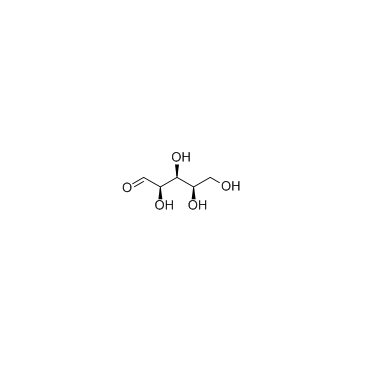
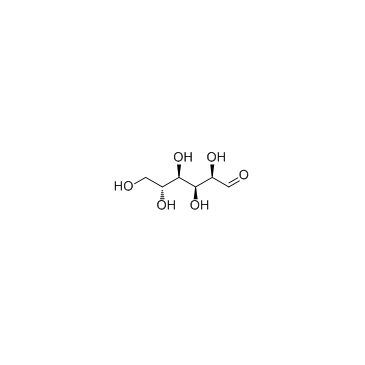
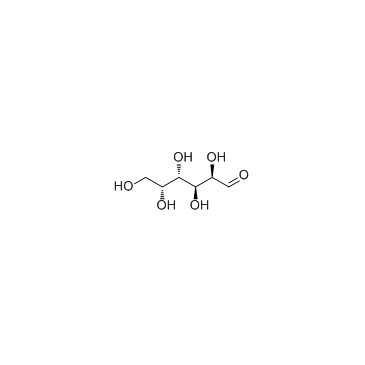
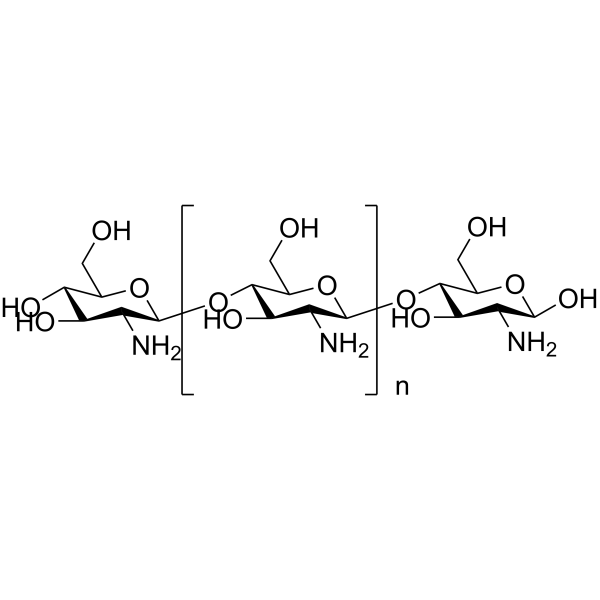

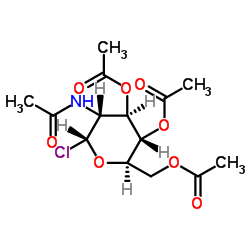 CAS#:3068-34-6
CAS#:3068-34-6 CAS#:3416-24-8
CAS#:3416-24-8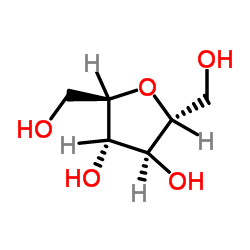 CAS#:41107-82-8
CAS#:41107-82-8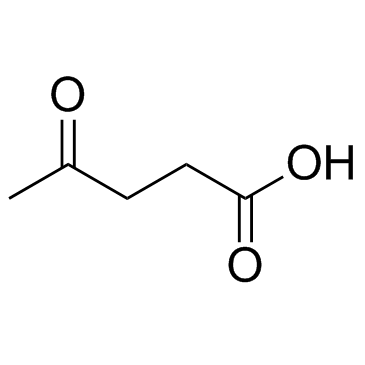 CAS#:123-76-2
CAS#:123-76-2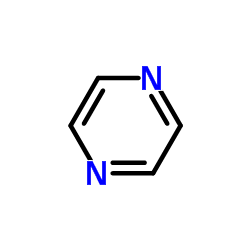 CAS#:290-37-9
CAS#:290-37-9 CAS#:109-08-0
CAS#:109-08-0 CAS#:98-00-0
CAS#:98-00-0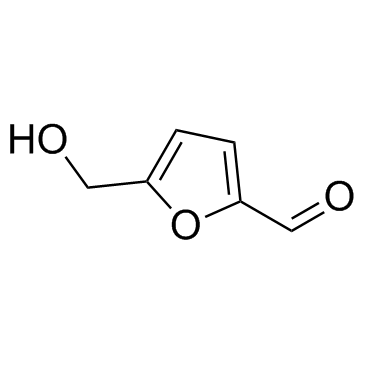 CAS#:67-47-0
CAS#:67-47-0 CAS#:6705-31-3
CAS#:6705-31-3![1-[5-(hydroxymethyl)furan-2-yl]ethanone structure](https://image.chemsrc.com/caspic/385/55087-82-6.png) CAS#:55087-82-6
CAS#:55087-82-6
